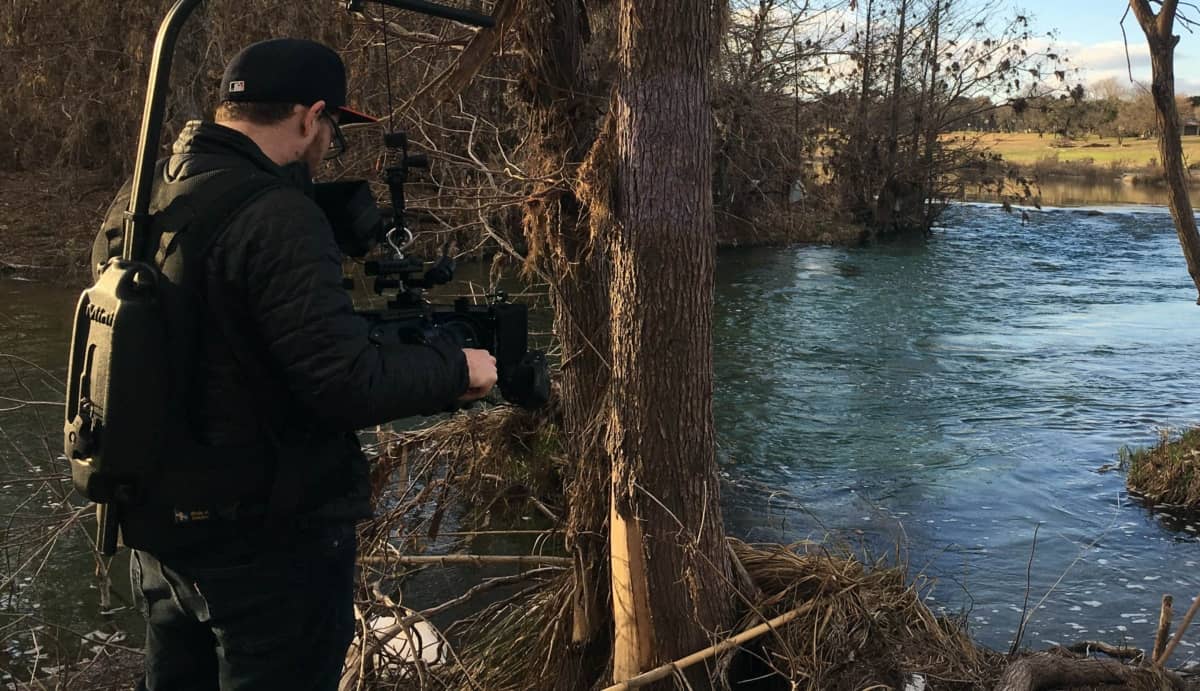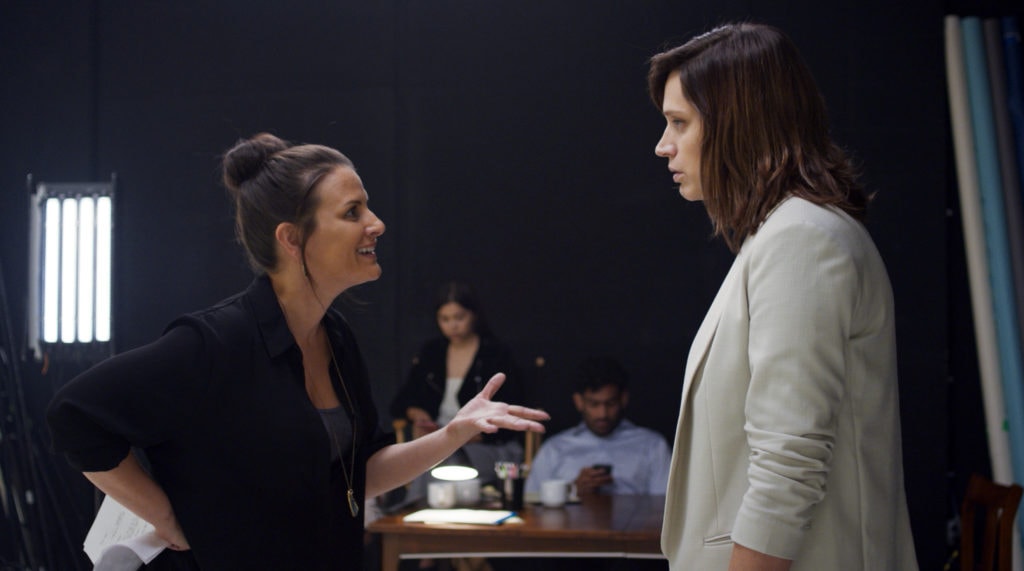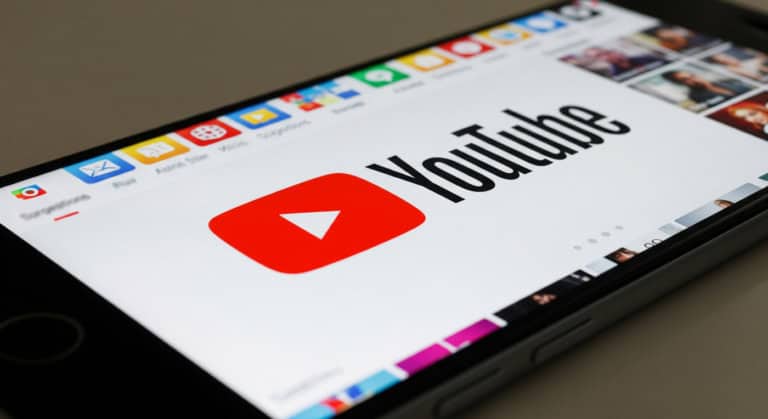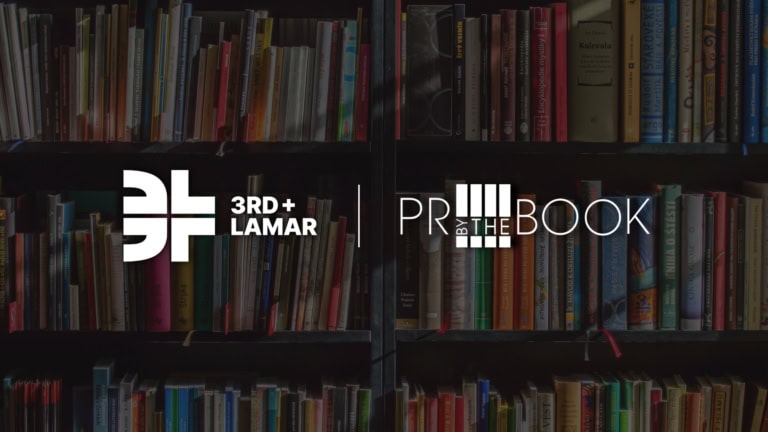
EDITOR’S NOTE: This is the final article in our series on the pressures facing the video/film production industry in Austin. Join the discussion by requesting an invite to our private Facebook group.
Working in film and video production is often feast or famine. Steady paychecks are rare, and it’s difficult to plan far in advance.
The volatility is both a blessing and a curse. While stability is elusive, the inconsistent nature of the business has prepared many Austin production professionals for their current circumstances – fewer jobs, stagnant wages, and shrinking margins.
Many of the people who we spoke to for this series diversified their income long ago, and others are relying on savings to help them bridge the gap in work. Government unemployment checks and the $600 per week federal stimulus also have helped.
Here is a closer look at how these people are responding since COVID hit in early March. [restrict]
Riding It Out With Savings And Unemployment
When she began her career, hair and makeup artist Anna Lani took notes from her mentor, Hawgfly Productions special effects makeup artist Meredith Johns.
“One of the things that she told me when I became her assistant is to put aside 10% of every paycheck for the time when the work would never come back,” Lani said. “I call her my fairy godmother.”
Lani uses that cushion along with unemployment checks that she receives thanks to a show she worked on – Amazon Studios’ “Panic” – that suspended production indefinitely in March. That said, the government checks are based on union rates, which are lower than what Lani typically charges.
360 Studios director Andrew Barrera and freelance production manager Melissa Kirkendall also qualified for government unemployment checks.
For some people in the production industry, receiving unemployment presents a dilemma. They must decide whether to take available jobs – and sacrifice unemployment assistance, which often surpasses the wages for the gigs – or stay sidelined and deal with the consequences of turning down work. For now, the comfort of a consistent paycheck is often worth the trade-off for professionals we spoke to.
Some people are waiting until production work is steadier before they get off unemployment. In the meantime, they’re maintaining their skills on pro bono projects or getting paid under the table.
Production sound engineer Paul Toohey is living off savings from a strong finish to 2019, and he also received an SBA Payroll Protection Loan.
“For the most part, I feel like people are just unemployed,” he said. “I think that (government stimulus check) will be the lifeline for people into July or whatever. And then we’ll see what happens then.”

Finding Second Jobs
Some production workers have found part-time jobs at retailers like Home Depot and H-E-B since typical side hustles in the service industry and gig economy have been impacted by COVID.
Barerra knows some lower-level crew like assistant cameras that are finding second jobs, and he knows other people who are supplementing their income by renting out their camera gear.
For Lani, she launched UndercoverMasks.com to earn money from cloth masks that she manufactures.
Director of photography Chad Leathers says he and his close group of friends have not pursued other jobs. Instead, he spends time evaluating his approach to the production business.
“I think you have to start getting creative,” he said. “So I have a background in post production as well, sort of editing and animation. And I think like the more that you can do in those regards, I think it is going to be beneficial. Because people still need content, obviously.”

Future Prospects For Production Work
Leathers anticipates that production professionals in Austin will be OK in the long run since clients will travel less and rely more on local crews. Fortunately, the Austin brand helps the city remain a desirable place to shoot.
Quite frankly, almost everybody I know that’s an editor is working right now because all the commercials, they’re just using footage they already had or getting stock footage in order to put up their COVID-19 commercials and web design and all that stuff.
-Producer Melissa Kirkendall
Kirkendall also is optimistic that opportunities will return, particularly for editors and younger people getting into the business. Some of her friends who are veterans in the production world see this period as a perfect time to get out.
“I’ve talked to some younger filmmakers that are newer in the business, and they’re worried that they’re not going to get the work, because if it’s scaled-down crews, you’re going to want more experienced people,” she said. “I was like, ‘Yeah, of course that’s what’s going to happen, but at the end of the day, there’s only going to be so many available, experienced people, and we’re going to have to bring in some lesser experienced people to projects.’
“And that’s the way I choose to look at it rather than, ‘Yeah, this sucks.’ It sucks for everybody outside of our industry, too.”
The consensus is that there will continue to be a demand for video production in Austin and elsewhere, but current circumstances will force the industry to change its approach and innovate.
“I’ve worried in the past about losing work and not being able to work again, but there’s always something, and our culture is more and more tied to video and photo content,” director David Blue Garcia said. “We don’t read as much anymore. We want to see everything through a video.”
To read previous articles in this series, click here.



